
The American College of Radiology announced June 3 the creation of a national database that will allow mammography facilities to compare their practice performance and outcome data with other facilities.

The American College of Radiology announced June 3 the creation of a national database that will allow mammography facilities to compare their practice performance and outcome data with other facilities.

Looking for a practical meeting where you can apply what you've learned to everyday practice?
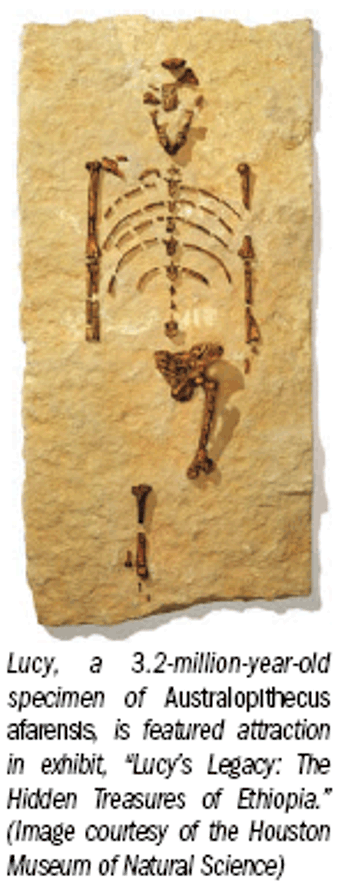
Science is helping to unravel mysteries of humankind's evolutionary history thanks to researchers at the University of Texas at Austin and the Ethiopian government.

Thin CT slices are better than thick ones at identifying obturator arteries in blunt pelvic trauma patients, according to a study from Loma Linda University.

When it comes to iodinated contrast reactions in children, it’s important to have a policy in place before the need arises, as well as appropriate training, equipment, and physiologic ranges, according to a presentation by Dr. Donald P. Frush at the International Symposium on Multidetector-Row CT May 19.

The factors associated with clinically significant contrast-induced nephropathy are a low estimated glomerular filtration rate (

FloSeal Matrix Hemostatic Sealant may stanch bleeding when other techniques fail, but it also spawns microcalcifications on digital or analog screening mammography that could lead to false positives for breast cancer, according to a case series collected by Loyola University radiologists.

An MRI study of risk factors for breast cancer in young women, including teenagers, concluded that risk assessment and prevention should start much earlier in life than previously recommended. The Canadian study suggests using imaging techniques that avoid patient exposure to ionizing radiation.

Radiologists and cardiologists may find themselves collaborating more than ever in treating atrial fibrillation. A new study showing the utility of delayed-enhancement MRI may help bridge the gap between the two specialties.

Colorectal cancer patients are known to survive longer if their liver metastases are removed. New research shows one method for killing cancer cells -- laser ablation guided by MR thermometry -- is safe and effective and leads to a better survival than other methods.

The CT imaging rate for pregnant women at two hospitals affiliated with Brown University’s medical school grew at an explosive 25.3% annual rate from 1997 and 2006, while medical imaging involving ionizing radiation for this population more than doubled.
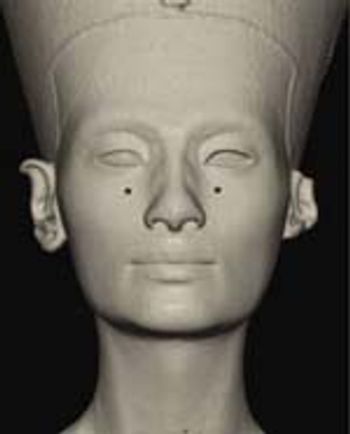
Plastic surgery may have some early roots. German physicians have scanned the bust of Queen Nefertiti of Egypt with CT, showing marked differences between an inner core -- that more accurately depicts the queen -- and the outer layer where her nose bump is smoothed and her wrinkles are erased.
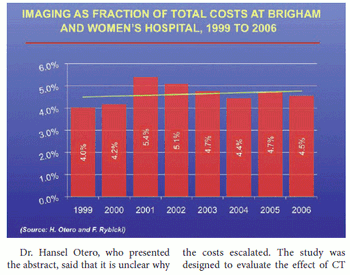
Imaging critics often point to rising CT use as a cause of increased hospitalcosts, but a new study finds CT is notto blame, at least not when used toimage patients with pneumonia.
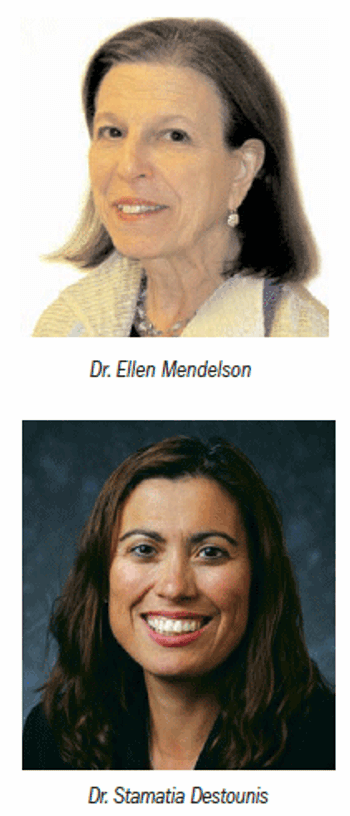
Women's imaging is moving and shifting in seeminglypredictable ways, but that doesn't mean practicehas become easier.

MRI and/or PET/CT can help physicians determine appropriate treatment for cervical cancer patients as well as prevent unnecessary therapy, according to a study published in the American Journal of Roentgenology.

Micronodules, tree-in-bud appearance, consolidations, cavities, bronchiectasis, and lobular consolidations are frequent CT abnormalities of extensively drug-resistant tuberculosis.

Health officials in the U.K. have added an extra hurdle for patients who wish not to be part of a large-scale electronic medical records program, requiring them to appear in person to explain why they want to opt out of the system.

Potential deadly traumatic pneumothoraces can be measured in the emergency room with a computer-aided volumetric technique that helps move patients from diagnosis to treatment many times faster than conventional visual assessments of the condition with multislice CT.

Alternating two screening modalities pays off forwomen with high genetic likelihood of breast cancerAlternating MRI with mammographyevery six months picks up breastcancers missed when mammographyis performed alone for high-riskwomen.

Japanese researchers have established by studying nearly 500 patients that ultrasound is just as useful as CT in diagnosing intraperitoneal free air in patients suffering from abdominal pain or acute injury.

Use of noninvasive diagnostic imaging rose 63% at private imaging facilities between 1996 and 2006, suggesting that hospitals lost a business opportunity, according to a study in the Journal of the American College of Radiology.

Fusion PET/CT detects an additional one-fifth of active lesions from the supraclavicular notch to the adrenals that are not found on chest CT alone, according to a retrospective study.

The perceived threat of medical malpractice claims makes a bigger impression on radiologists than the actual risk of litigation warrants.

Digital mammography is at least as good as screen-film mammography for detecting breast cancer, according to a population-based screening program study presented at the RSNA meeting by Irish researchers.

After prolonged deliberation and repeated demands for more research, the FDA has approved Vasovist (gadofosveset trisodium), the first contrast imaging agent to gain regulatory clearance specifically for MR angiography.

If it's free, highly relevant to radiology, and on the Internet, you can probably gain access to it through the site www.radiologyeducation.com, thanks to the wife and husband team of Drs. Donna and Michael D'Alessandro.
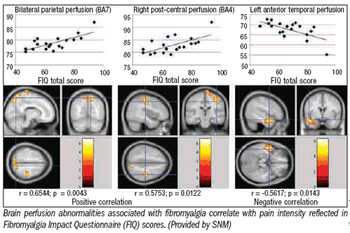
Millions of adults who suffer from chronic pain may no longer need to bear the added burden of wondering if their discomfort originates from a condition called fibromyalgia rather than depression or anxiety.

Increased use of CT to image pneumonia is unlikely to be the sole cause of increased hospital costs for pneumonia patients, according to a study from Brigham and Women’s Hospital in Boston.

Alternating MRI with mammography every six months picks up breast cancers not identified by mammography alone for women at high risk, according to research out of the University of Texas M.D. Anderson Cancer Center in Houston.

University of California, San Diego scientists are developing a new imaging modality that will study the body/brain dynamics of humans engaged in normal activity.